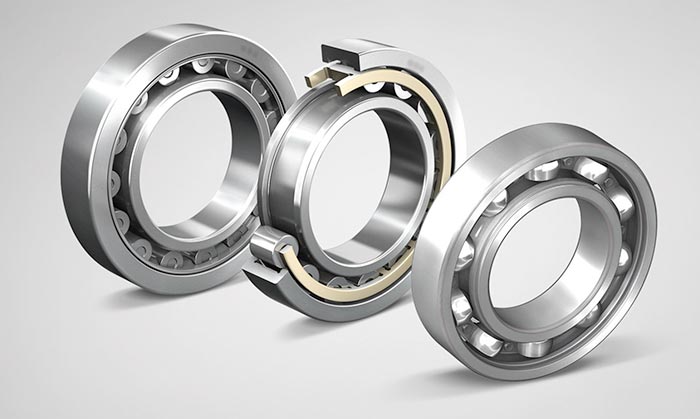Hydraulic Institute answers questions on rolling element bearings and grease as a lubricant.
06/13/2019
What viscosity oil should be used with rolling element bearings?
 Image 1. Rolling element bearings (Image courtesy of Hydraulic Institute)
Image 1. Rolling element bearings (Image courtesy of Hydraulic Institute)- Full film denotes the presence of enough lubricant to ensure complete separation of the moving surfaces. They are also known as hydrodynamic full film.
- Elastohydrodynamic (EHD) is when a hydrodynamic film is formed by applied pressure or load. They are predominantly found in rolling element bearings.
- Boundary layer is sometimes referred to as thin film lubrication and is usually the result of insufficient lubricant supply. Although lubrication is present, there is not enough to prevent metal-to-metal contact.
- limited heat dissipation
- overpressurization during regreasing that can damage bearing shields (to avoid, follow manufacturer procedures to prevent overpressurization)
- higher frictional heat from grease used with sealed bearings that can lead to accelerated oxidation of the grease

